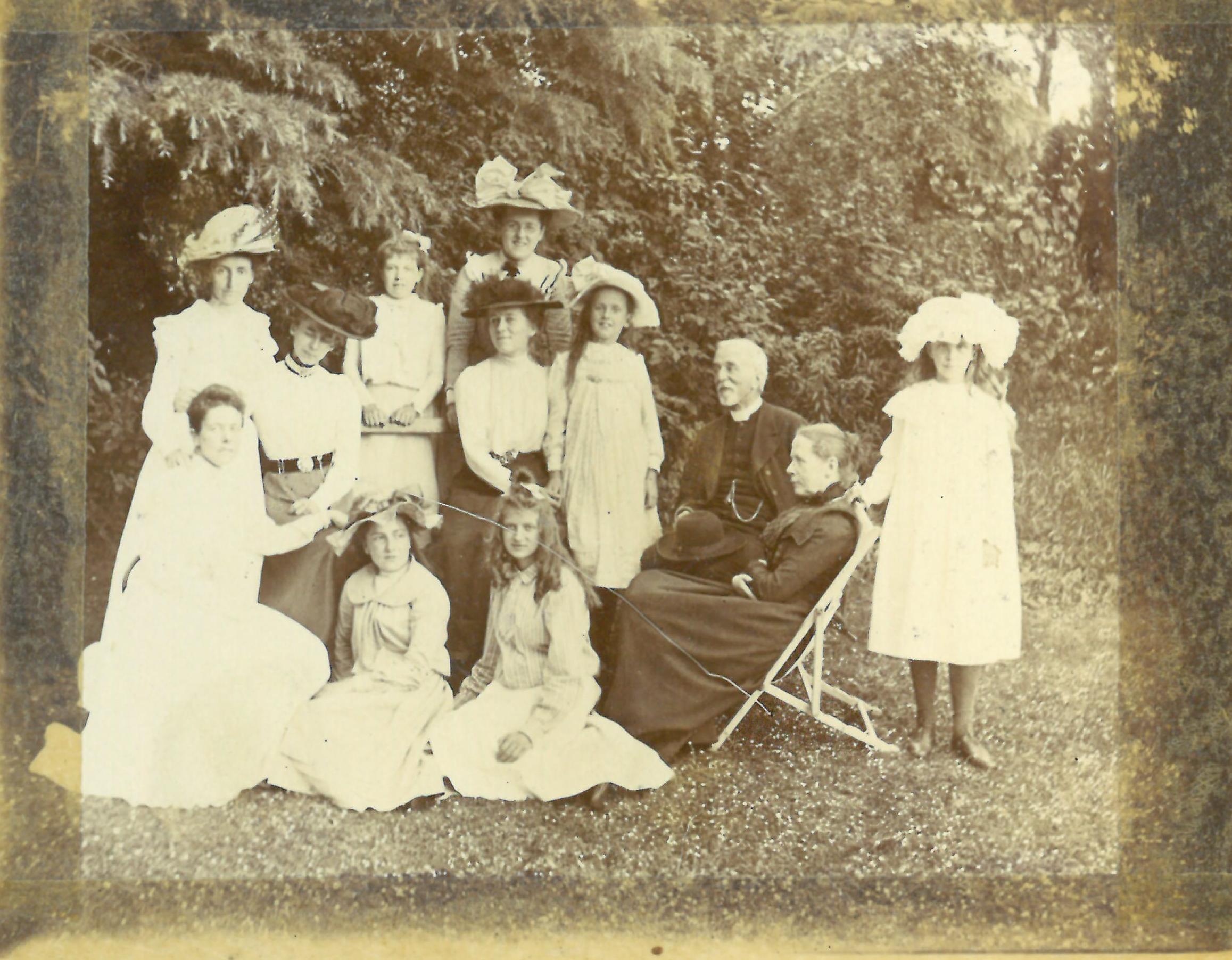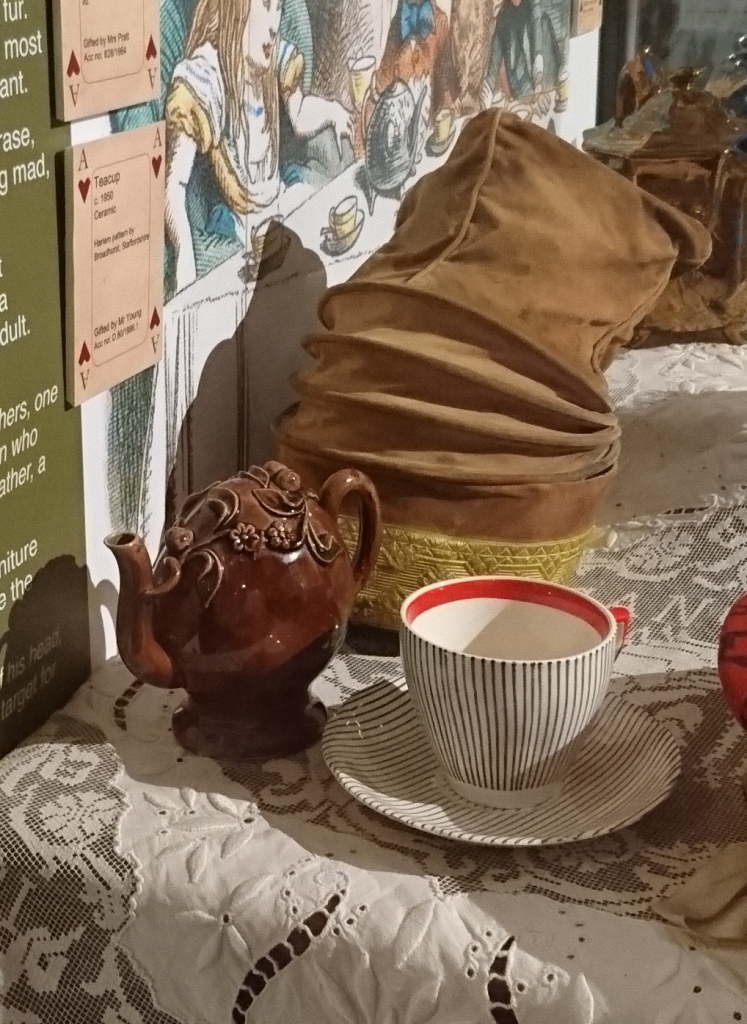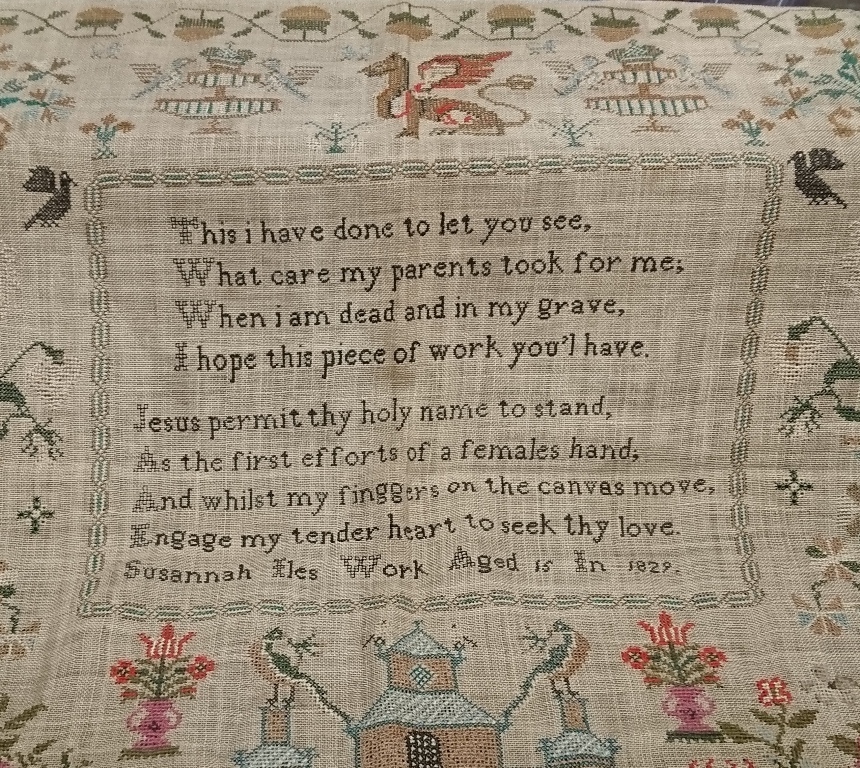Our Assistant Curator, Kirsty Gaskin was the lead on the fantanstic (and fantastical) Alice in Wonderland themed exhibition at Cliffe Castle and has written a blog for us to explore it a little bit more….
She writes:
Our Alice’s Adventures in Wonderland exhibition at Cliffe Castle Museum has been an opportunity to bring together an eclectic mix of objects from the collections of Bradford Museums and Galleries and show them to our visitors in a new and fun setting.
One of the challenging roles of a curator is to show our collections in a way that will attract and interest a range of visitors and the story of Alice has allowed us to do just that. One of the truly wonderful things about Alice’s Adventures in Wonderland is its appeal to adults and children alike. If Alice isn’t to your taste, hopefully with the wide array of objects on display there’ll be something that will still be of interest to you.
The exhibition begins by focussing on the history behind the book, the author, the muse, the illustrators and Cliffe Castle’s very own link with Alice Liddell, the little girl that the story was first told to.
In 1895 Sir Frederick Butterfield, the son of Henry Isaac Butterfield (who was then the current owner of Cliffe Castle) moved with his wife Jessie and daughter Marie-Louise from their home in Washington to Oxford, England.
Sir Frederick settled his family at Ingle Dene, a house on the Banbury Road, Oxford. Regretting the fact that his education had been interrupted by several years spent overseeing the remodelling of Cliffe Castle for his father Henry Isaac Butterfield, Sir Frederick enrolled as a member of Balliol College. He stayed here for ten years finally being awarded an MA.

Marie-Louise Roosevelt Butterfield was just 6 years old when she moved to Oxford and 16 when she left. As a girl she knew the works of Lewis Carroll and always remembered having met and spent time with Alice Liddell who was by this time a married lady in her 40s.
Having tea with the real Alice of Alice’s Adventures in Wonderland fame had a big impact on the young Marie-Louise and it became a story that she often repeated in later life.
The author of the Alice books Lewis Carroll did not see the Alice that Marie-Louise met to be the same Alice that he knew. After meeting with the grown Alice, Carroll wrote:
It was not easy to link in one’s mind the new face with the older memory- the stranger with the once-so-intimately known and loved ‘Alice’, whom I shall always remember best as an entirely fascinating little seven-year-old maiden.
Once you’ve absorbed some of the history behind the book it’s time to join Alice on adventure as you follow the story throughout the museum.
Alice’s Adventures in Wonderland has a storyline that is packed full of characters, objects and locations, which made selecting items from the collections an exciting challenge. One of the important things for us to remember was that this was an opportunity to display our collections and keep their stories integral to the exhibition. Featured below is a small selection of the objects that feature in the exhibition and their stories.

When Alice fell down the rabbit hole she found a key. The key that we have selected for the exhibition is a ceremonial key which the Mayor of Keighley Alderman Ickeringill presented to Henry Isaac Butterfield on 8 July 1893 to commemorate the opening of Victoria Park, Keighley, which he had donated £5,250 towards.
This key is a recent gift to the museum. Sadly, the great-grandaughter of Henry Isaac Butterfield, Lady Rozelle died last year, but we were remembered in her will, which stated that a generous selection of items that had originally come from Cliffe Castle were to be returned to us, this key being one of them.

This quirky little rockingham glazed cadogan teapot came into our collection in 1964. Cadogan refers to small teapots that were designed to be filled from the bottom. If you look closely you’ll see that it has no lid. Instead the pot has a hole in the base; a tube runs from the hole to close to the top of the pot. Although designed to have the appearance of teapot, many believe that they would have been mainly used for water, due to the issue of cleaning them, which was pretty impossible. The name Cadogan was attributed to these teapots as they were popularised in the early 19th century by Lord Cadogan.
This little teapot was already on display within the museum but due to its brown exterior and its display amongst other perhaps more decorative tea ware it was often overlooked by visitors. Putting it into a Mad Tea-Party setting automatically gives the suggestion that it might be a little strange and makes people take a closer look to see quite how wonderful and strange it is.
Toy croquet set. Each of the hoops is no bigger than a thumbnail
This tiny little croquet set caught my eye several years ago during an audit and as with many objects I have been waiting for the right time to display it. The set dates from around 1885 and was gifted to the museum service in 1970. Not only does it represent the croquet game that Alice played with the Queen of Hearts, but also plays with the idea of scale and Alice constantly growing and shrinking.

I discovered this sampler soon after I began thinking about the exhibition. Whilst locating another sampler for a public enquiry I spotted the gryphon stitched at the top of this one. I put it straight onto the list of possible objects for the Alice exhibition, and you can now see it displayed with other items that relate to Alice’s visit with the Gryphon and the Mock Turtle.
During the 1800s samplers were mainly created as school exercises, and were worked mainly in cross stitch. At this point in history samplers were stitched to show the students knowledge, they were seen as a sign of virtue, industry and achievement.
One of the wonderful things about samplers of this period is that the sewer usually stitched their name, the year and their age into the design. This immediately provides us with information about who they were. You can see that this sampler was sewn by Susannah Iles, age 15 in 1829. We also know that Susannah was a maid at Haig Hall and later married a Mr Enser.
I hope that this little insight into the Alice’s Adventures in Wonderland exhibition and few of the objects displayed within it will entice you to fall down the rabbit hole this summer!
We’ve got a series of linked events throught the summer, so-check out the What’s on page for more information
